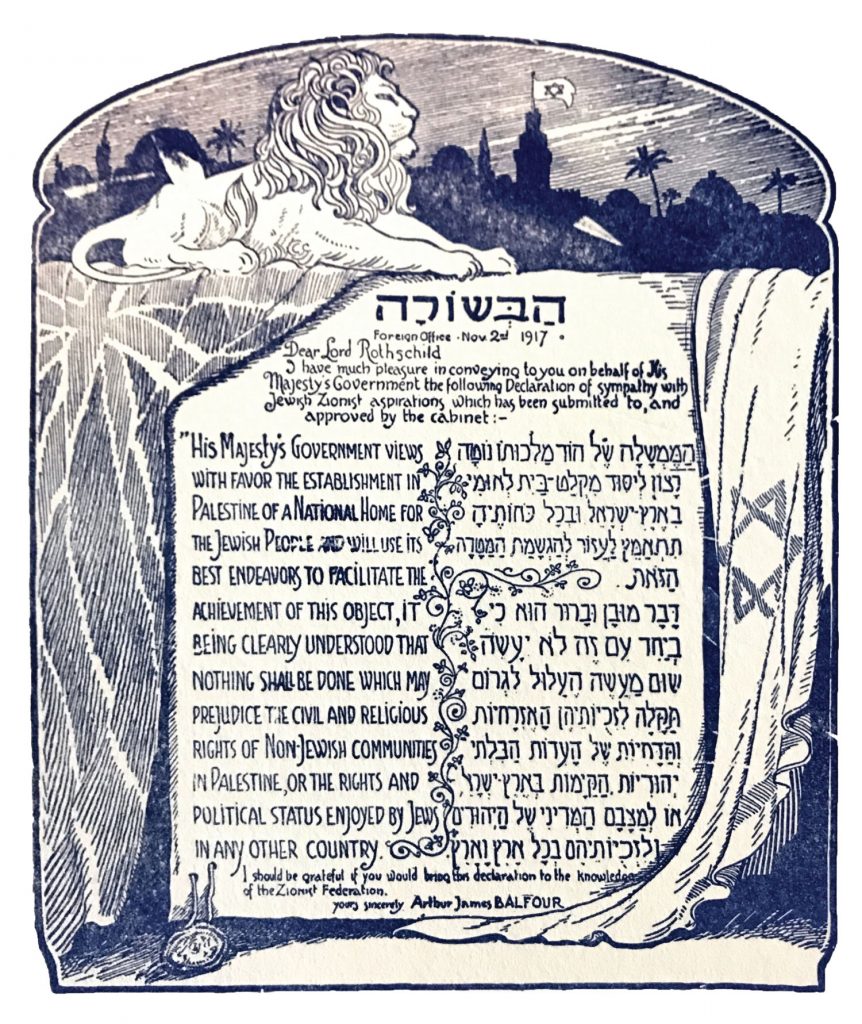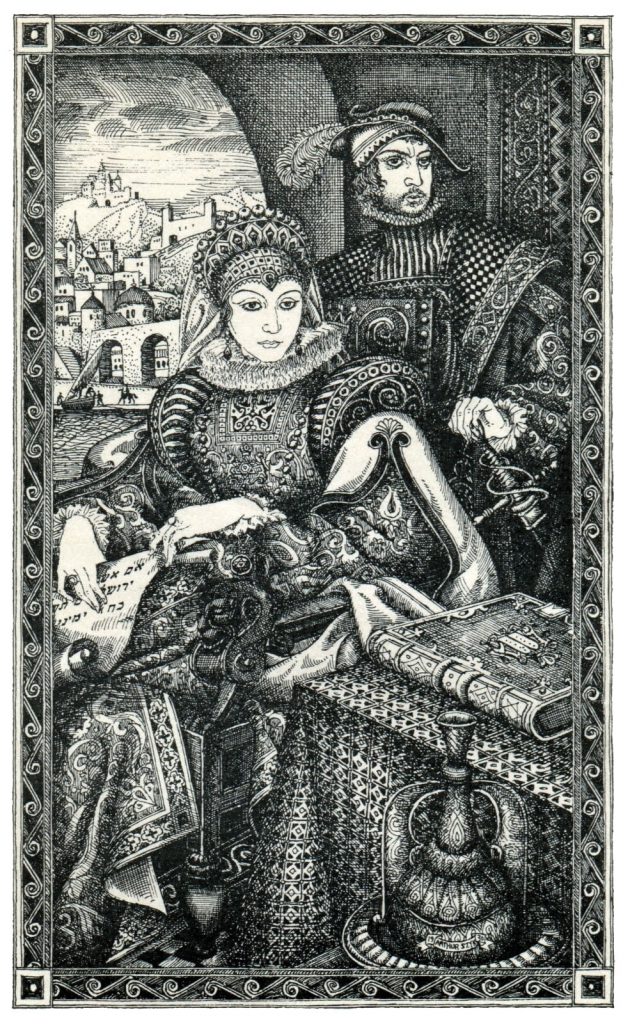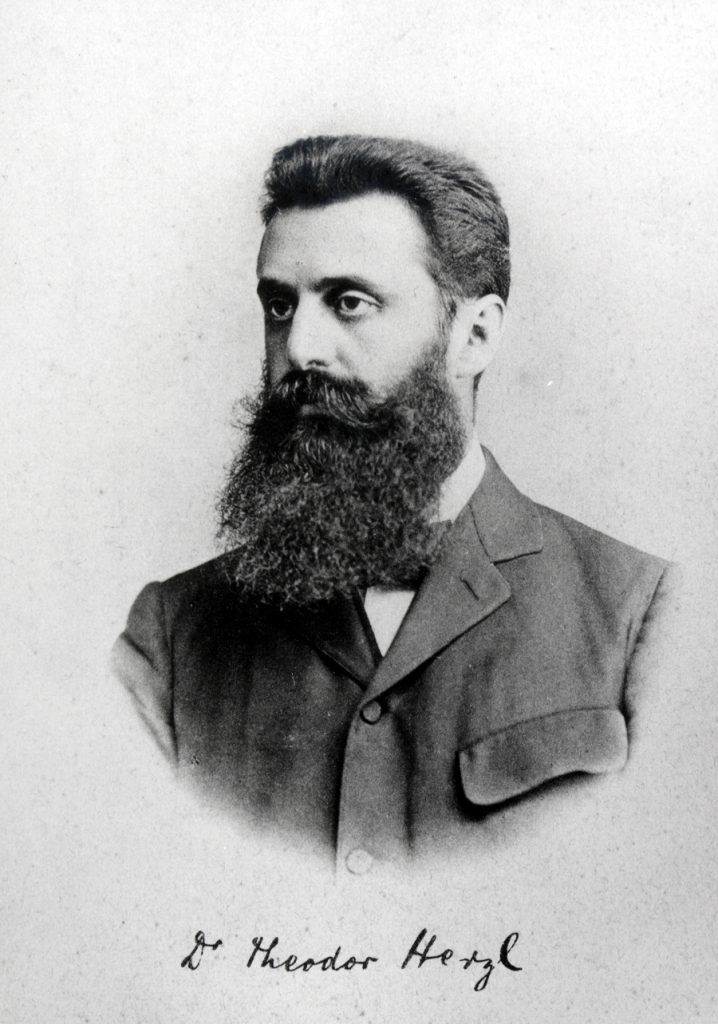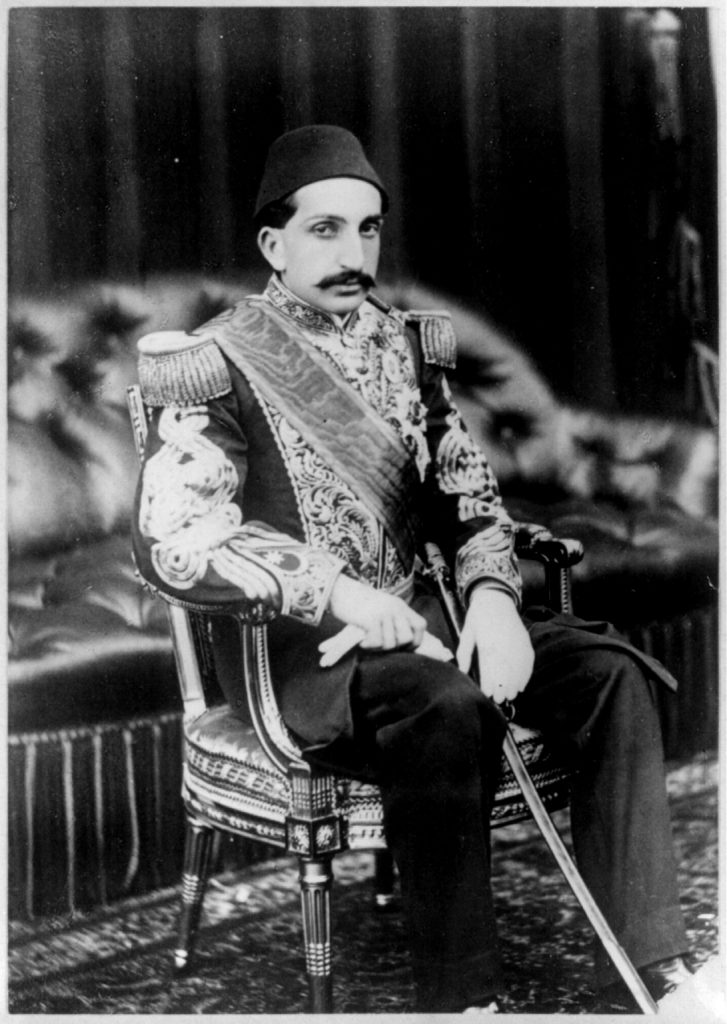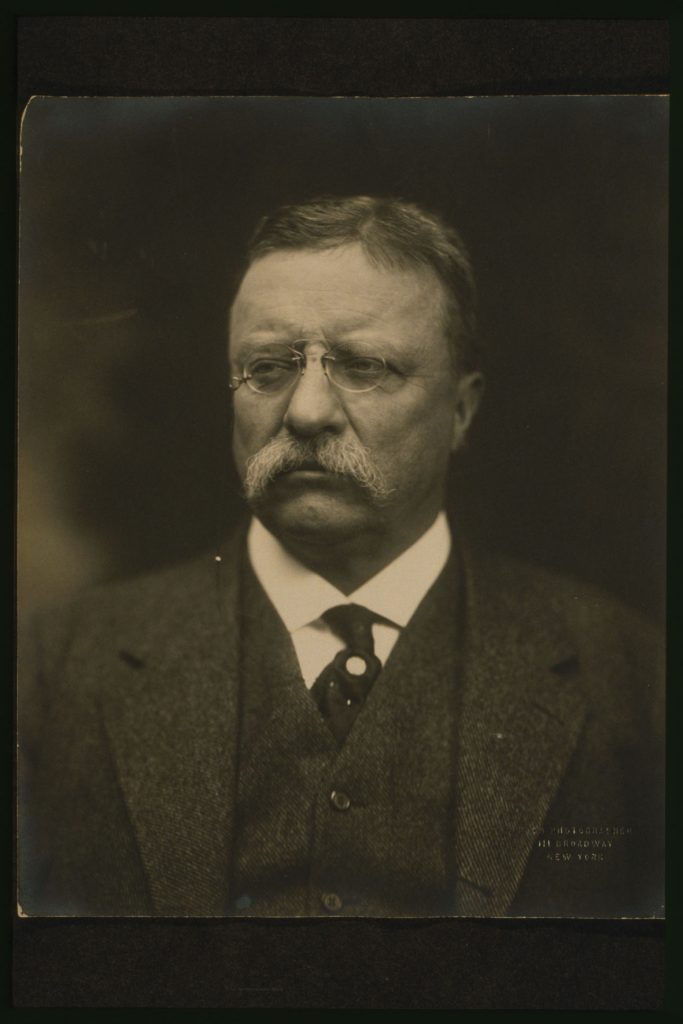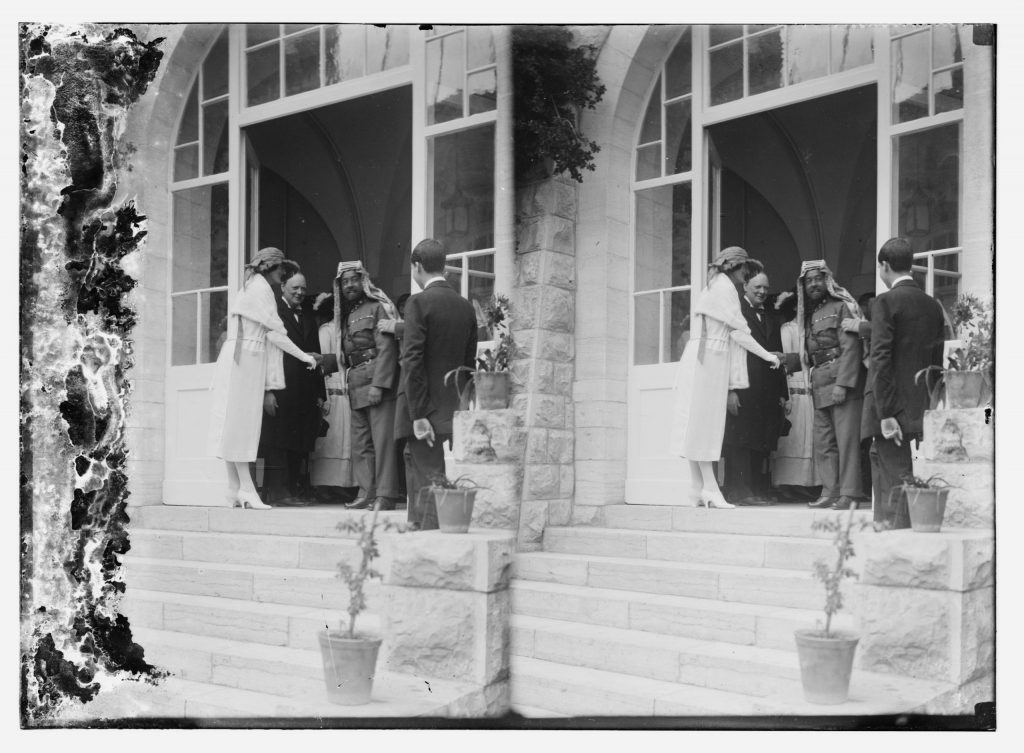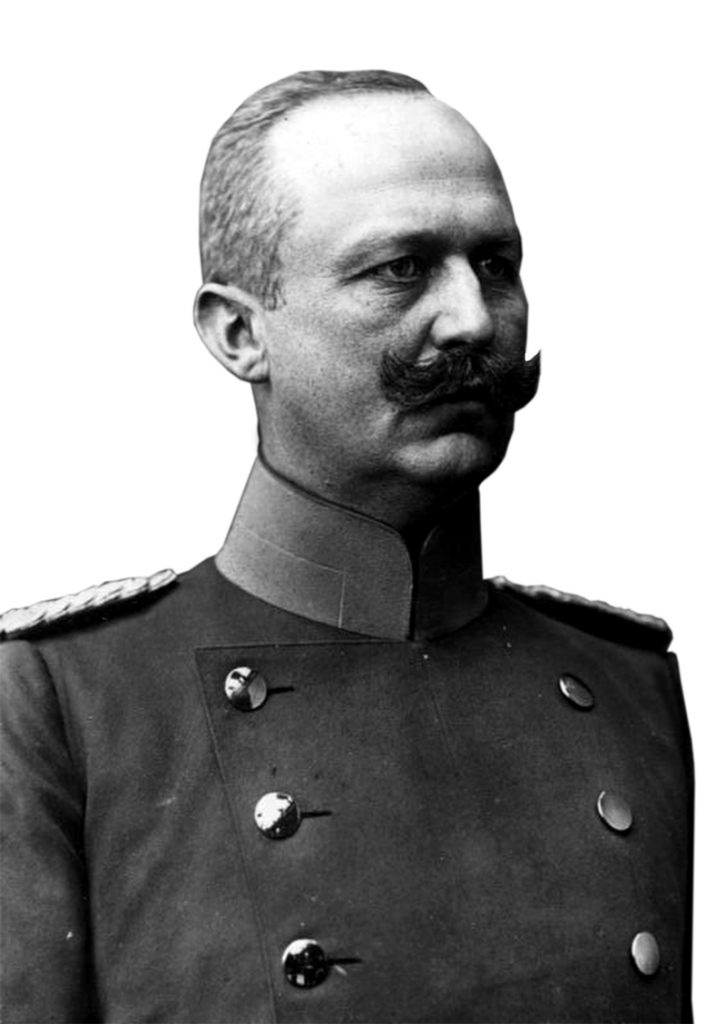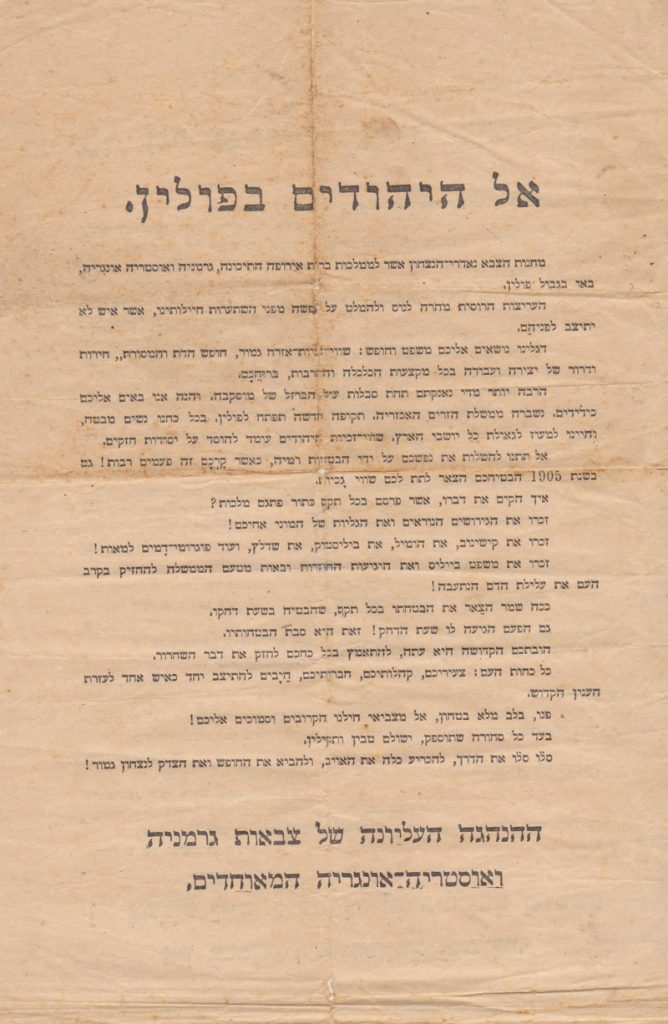Two Famous Declarations
Almost two and a half millennia separate the two famous declarations that restored the exiled Jewish people to its homeland of Zion – the Cyrus Declaration of 538 BCE and the Balfour Declaration of November 1917 (17 Marheshvan 5678), exactly a century ago. Both documents reflected shrewd political considerations and genuine sympathy for the idea of a return to Zion.
Cyrus was apparently attempting to cast himself as benevolent ruler, extending his magnanimity to the nations he’d conquered in order to stabilize his southern border with the Egyptian empire. Persian polytheism tolerated other religions, including Judaism, and therefore respected the Jews’ wish to reclaim their homeland and rebuild the Temple. (Theirs was not the only such temple reconstruction permit granted by Cyrus.)
So far, this is all familiar territory. Between the two declarations, however, and particularly around the time the Zionist movement was established, several lesser-known pro-Zionist statements – or at least pro-Jewish ones – were issued by various sovereign states. Some of these writs served as a fig leaf – or even a precedent – for the Balfour Declaration, and they certainly boosted the solitary diplomatic efforts of a daring young journalist named Theodor Herzl.
Tax Haven
The earliest and best-known document of this kind was a firman, or charter, presented by Suleiman the Magnificent to Donna Gracia Mendes Nasi – then probably one of the world’s richest individuals and certainly its most famous Jewess – and her nephew and son-in-law, Don Joseph Nasi, in 1561.
Donna Gracia and Don Joseph Nasi in an etching by Arthur Szyk. Is the town climbing up the hill in the background a reference to the Nasis’ lease on Tiberias?
When Donna Gracia’s firman was issued, European Jewry was suffering severe Christian persecution following the Spanish expulsion and the forced conversion of Portugal’s Jews. (She herself had escaped Portugal, first to Italy, then settling in Ottoman Constantinople in 1553.) The Spanish refugees found little and often only temporary shelter elsewhere in Europe. Most telling was the fate of conversos in the port city of Ancona, in central Italy. Invited there by Pope Paul III in the 1540s, with due assurances of safety, the Jews found themselves trapped after the ascent of Paul IV to the papacy in 1555. Violating all previous agreements, he imprisoned twenty-four conversos who’d reverted to Judaism, then burned them at the stake. One was a senior employee of Donna Gracia’s, but all her efforts to save them – including a devastating but short-lived boycott of Ancona by Jewish shippers – failed. As a result, she was determined to find a solution for her persecuted brethren.
First Donna Gracia sought to acquire part of the archipelago making up the Venetian Republic, hoping Jews could settle there freely and openly practice their religion. But once Venice’s economy improved, its doges were less inclined to grant concessions that troubled their Catholic consciences. In addition, Holy Roman Emperor Charles V, then also ruler of Spain and the source of much anti-Semitic policy throughout the continent, vehemently opposed Gracia’s bid.
The Mendes family then explored the Ottoman Empire. Utilizing Joseph Nasi’s influence at the Sublime Port (as Suleiman’s court was known), Donna Gracia acquired a license to collect taxes in Tiberias and seven surrounding villages, perhaps aiming to create a refuge in the Holy Land for wandering conversos.
These economic and diplomatic initiatives drew harsh criticism from several statesmen. Boniface of Ragusa, the pope’s representative in the province, complained to the grand vizier, Rustam Pasha, while de Petremol, the French ambassador in Constantinople, bitterly reported to his monarch that Don Joseph had declared himself “king of the Jews” and was demanding payment of the immense debt owed him by the French crown. De Petremol referred to the “Jewish tricks” Don Joseph had employed to secure the charter from the sultan, typifying the derogatory language used by European Christians to describe Jews.
Donna Gracia’s interest in Tiberias could well have been economic as much as proto-Zionist. It could easily have ranked among her many philanthropic activities on behalf of Jewish refugees. Clearly, however, it was her initiative rather than her nephew’s. After her death, he lost interest in settling Jews within a semi-autonomous feudal system in the Galilee. Sultan Selim offered him a different feudal estate – an island near Greece – and even a title: duke of Naxos. Promises of large annual tributes pouring into the spendthrift sultan’s coffers almost won Don Joseph the throne of Cyprus as well.
Almost 350 years after Donna Gracia’s death, Herzl tried settling Jews once again in their ancient home. He turned to Sultan Abdul Hamid II, Ottoman emperor and ruler of the province of Syria Palaestina. The two met twice, in 1899 and 1901, and their correspondence in Turkish is documented in the Topkapi Palace archives in Istanbul.
Theodor Herzl discussed the Nasis’ political negotiations not only with Ottoman sultan Abdul Hamid II but with Victor Emanuelle II of Savoy, king of Italy, whose ancestor made a bid for kingship of Cyprus together with Joseph Nasi
Herzl asked that the sultan renew the firman Suleiman the Magnificent had granted Donna Gracia Nasi. Abdul Hamid acknowledged the document’s existence but felt no obligation to uphold his heretical predecessor’s decrees. Nonetheless, Donna Gracia’s firman was and remains part of the international legal foundation for Herzl’s diplomatic efforts on the Ottoman front.
Presidents and Precedents
Before Herzl ever dreamed of Zionism, at least two American presidents had already championed the Jewish people’s return to Zion. In 1819, almost twenty years after leaving office, second U.S. president John Adams wrote a letter of support to Mordecai Manuel Noah, an American Jewish diplomat and journalist actively promoting the establishment of an independent Jewish homeland in Judea. Adams’ son, sixth U.S. president John Quincy Adams, corresponded with Noah as well, communicating the same message.
Public expression of these sentiments emerged in 1891, when American evangelist and proto-Zionist William Eugene Blackstone presented a petition to U.S. president Benjamin Harrison and secretary of state James Blaine, requesting that they
use their good offices and influence […] to secure the holding at an early date, of an international conference to consider the condition of the Israelites and their claims to Palestine as their ancient home […]. (Blackstone Memorial [Wikitext])
The petition was signed by four hundred leading Americans, including Chief Justice Melville Fuller, the governor of Massachusetts, the mayors of New York, Philadelphia, and Chicago, journalists and religious figures, millionaires such as J. P. Morgan and John D. Rockefeller, and Congressman William McKinley of Ohio, who six years later became president of the United States.
McKinley was assassinated in 1901, at the beginning of his second term, but his replacement, Theodore Roosevelt, was no less of a “Zionist.” Roosevelt had visited the Middle East with his family as a youngster, in 1872–73, and his diary of the voyage includes his impressions of what was then known as the Wailing Wall.
In addition to Roosevelt’s political achievements, his illustrious career as an author, explorer, soldier, and naturalist won him a Nobel Prize in 1906. He wrote that same year that he considered it completely appropriate to establish a Zionist state in the area of Jerusalem.
Subsequent presidents also publicly endorsed the Zionist idea. In response to the Balfour Declaration, Woodrow Wilson commented that the Holy Land should be restored to the Jewish people. Wilson’s replacement, Warren G. Harding, deemed it impossible to read the Scriptures without recognizing that the Jews were destined to return to their homeland. His vice president and successor, Calvin Coolidge, also expressed support for a Jewish homeland in Palestine.
President Herbert Hoover even issued an official proclamation. Unlike Balfour, who sent his declaration to Lord Lionel Walter Rothschild to forward to the World Zionist Organization, Hoover wrote directly to the Zionist Organization of America. He did so in 1929, after the massacre of Jews (mostly in Hebron and Jerusalem) during a week of Arab riots. Hoover characterized the land of Israel as desolate and neglected for centuries, angering the Syrian-Palestinian Congress in Cairo. Yet he was confident that from “these tragic events […] the steady rehabilitation of Palestine as a true homeland will be even more assured” (Gerhard Peters and John T. Woolley, The American Presidency Project, http://www.presidency.ucsb.edu/ws/?pid=21905).
In 1931, to mark the founding dinner of the American Palestine Committee, Hoover reiterated his support for a Jewish home in the land of Israel. He maintained this position despite rising violence in Mandate Palestine, international disagreement regarding its future, constant turnabouts in British policy, and overwhelming Arab opposition.
A World at War
The Balfour Declaration is generally linked to British gratitude to Zionist Chaim Weizmann for discovering synthesized acetone, which significantly enhanced Britain’s explosives-manufacturing capabilities in World War One. In fact, however, like other European powers, Britain went out of its way to win popular support in areas it sought to conquer – including the Holy Land. Balfour’s letter to Rothschild, and its subsequent publication, can be seen as part of this attempt. Yet its object was not only to create a fifth column behind Turkish lines, but to engage Jewish opinion everywhere, particularly in America. As it turned out, he was not alone.
In March 1917, eight months before the Balfour Declaration, General Archibald Murray, commander of the British Egyptian Expeditionary Force fighting in Gaza, issued a much clearer, more resolute declaration than Balfour’s, describing Britain’s intentions upon conquering Ottoman Palestine:
What should we do with Palestine […]? There can be little doubt that we should revive the Jewish Palestine of old, and allow the Jews to realize their dreams of Zion in their homeland. […] The Jews would at least have a homeland and a nationality of their own. The national dream that has sustained them for a score of centuries and more will have been fulfilled. (“Objects of Advance into Holy Land,” New York Times, April 15, 1917)
Of course, other British leaders promoted opposing policies. Thomas Edward (T. E.) Lawrence, better known as Lawrence of Arabia, pushed for Arab independence in the Middle East. (Though only a colonel, Lawrence exerted increasing influence on the British war effort as he grew closer to Saudi emir Faisal.) Henry McMahon, British high commissioner of Egypt, likewise wrote to Sharif Hussein bin Ali, great-great-grandfather of Abdullah, the present king of Jordan, promising him control of much of Greater Syria.
The British tried to befriend the Holy Land’s Arabs as well as its Jews. Winston Churchill with Abdullah, emir of Jordan, 1921
In fact, the British lived up to none of these commitments. Once the Ottomans were defeated, the British divided up the Middle East between themselves and the French in the Sykes-Picot Agreement and declared their support for a national Jewish home in Palestine.
Their French allies had preceded them. On June 4, 1917, five months before the Balfour Declaration, Jules Cambon, the French foreign office’s general secretary, wrote to Nahum Sokolov, who was leading the international Zionist campaign alongside Weizmann:
You kindly explained to me the project in which all your efforts are engaged, whose aim is to develop the Jewish settlement of Palestine.
You estimate that should circumstances allow, it would be just and fitting compensation if – together with a promise to protect the independence of the holy sites – the Allies were to support the revival of the Jewish nation on this territory, from which the Israelites were driven so long ago.
The French government, which decided to enter this war to protect a nation that had been attacked without cause, and which continues its struggle to bring about a victory of right over might, cannot fail to express its support for your endeavor, whose success is linked to an Allied victory.
I am honored to confirm as much to you in this letter. (free trans.)
Like Hoover’s letters, and in contrast to Balfour’s, Cambon’s communication was sent directly to an official Zionist representative rather than to a private individual. Though France had as much of a vested interest in the Middle East as Great Britain, the French felt no need for a go-between when dealing with Zionist organizations. Yet the letter made few waves, and today it’s virtually unknown.
The German Connection
At least part of the impetus for the French declaration was concern that Germany would preempt it with its own initiative. The Allies knew Germany was working on some kind of statement, aided or encouraged by German Jews. The resulting “proclamation race” between the Central and Allied powers hastened things along, though fears of a German declaration ultimately proved only partially justified.
Despite Germany’s treaty with the Ottoman Empire (which in itself reduced the likelihood of a pro-Zionist declaration of intent), the country focused on the European military theater. In 1917, the Eastern Front was ablaze, and Germany concentrated on subduing Russia. A German proclamation was produced, but it was directed toward the Jewish communities of Eastern Europe, then suffering a wave of pogroms. The document mainly informed them of how much better off they’d be after a German conquest. The bait offered was equal rights and opportunities, and assimilation into European society, rather than the vague hope of relocating to the Holy Land. This very different agenda eliminated competition between the Central and Allied powers’ declarations.
Erich Ludendorff was much younger than Paul von Hindenburg, who came out of retirement to lead the war effort and therefore let his deputy effectively run the show
Erich Ludendorff, Supreme Commander Paul von Hindenburg’s deputy and chief of staff, masterminded the German declaration (and effectively ran the German war effort). To all intents and purposes, these two men controlled Germany as World War I eclipsed all other concerns. Thus, Ludendorff’s message to the Jews of Russia and Poland amounted to official German Imperial policy. It offered nothing more than German Jewry already enjoyed, but for the Polish Jews cooped up in the Russian Pale of Settlement – who’d once benefited from similar rights – the document must have resonated strongly:
To the Jews of Poland:
The victorious armies of the kingdoms of the Middle European Pact, Germany and Austria-Hungary, are encamped within the borders of Poland.
[…] We extend to you the flags of justice and freedom: complete equality of civil rights, freedom of religion and tradition, [and the] emancipation and liberty to create and work in any profession that suits you within our economy and culture.
You have suffered too long under the weight of Moscow’s iron yoke; now we come to you as friends. The cruel foreign rule has been broken; for Poland, a new era will begin. We will exert all our might to protect you, and we will be a fortress of redemption for all inhabitants of the land. Jewish emancipation will be firmly established.
Remember the terrible expulsions and exile of multitudes of your brethren!
Remember Kishinev, Gomel, Białystok, Siedlce, and hundreds of other bloody pogroms!
Remember the Beilis trial […] and blood libel […].
Turn with hearts full of trust to the commanders of our approaching forces!
[Signed,] The Supreme Command of the United Armies of Germany and Austria-Hungary. (The Central Archives for the History of the Jewish People, Israel Klausner Archive, P034 [Hebrew])
The declaration emphasized the difficulty of Jewish life under the czar at the turn of the 20th century, contrasting it with life in Germany, where there were no pogroms, blood libels, or Pale of Settlement, and Jews could pursue whatever profession they wished.
Jewish life in Germany was incomparably better than under the czar. German poster calling on Poland’s Jews to support their aspiring German conquerors
The exact timing of the proclamation is unclear. It was produced as a leaflet, printed in Hebrew and Yiddish, and presumably translated from the original German by Jews working closely with Ludendorff, possibly even Jewish army officers.
The leaflet was evidently distributed at the beginning of 1917, before the riots that ousted Nikolai II peaked. The last time the czar had been deposed, in 1905, he’d published a declaration promising emancipation and freedom of religion, and the German statement made similar promises, to be fulfilled after the German conquest of Poland.
Ludendorff’s declaration – intended to exploit Russia’s fragility in order to create internal turmoil, bring down the czar, and end the war on the Eastern Front – made no mention of Zionist ambitions. Nevertheless, it pushed the Allied powers toward far more revolutionary documents, chief among them the Balfour Declaration. As we’ve seen, even that historic writ was only the final link in a long chain of letters, declarations, expressions, and promises issued by various diplomats over hundreds of years. The motives behind each statement may have differed, ranging from true philo-Semitism to purely political or economic interests. But each one was another step toward a Jewish state in Zion.

